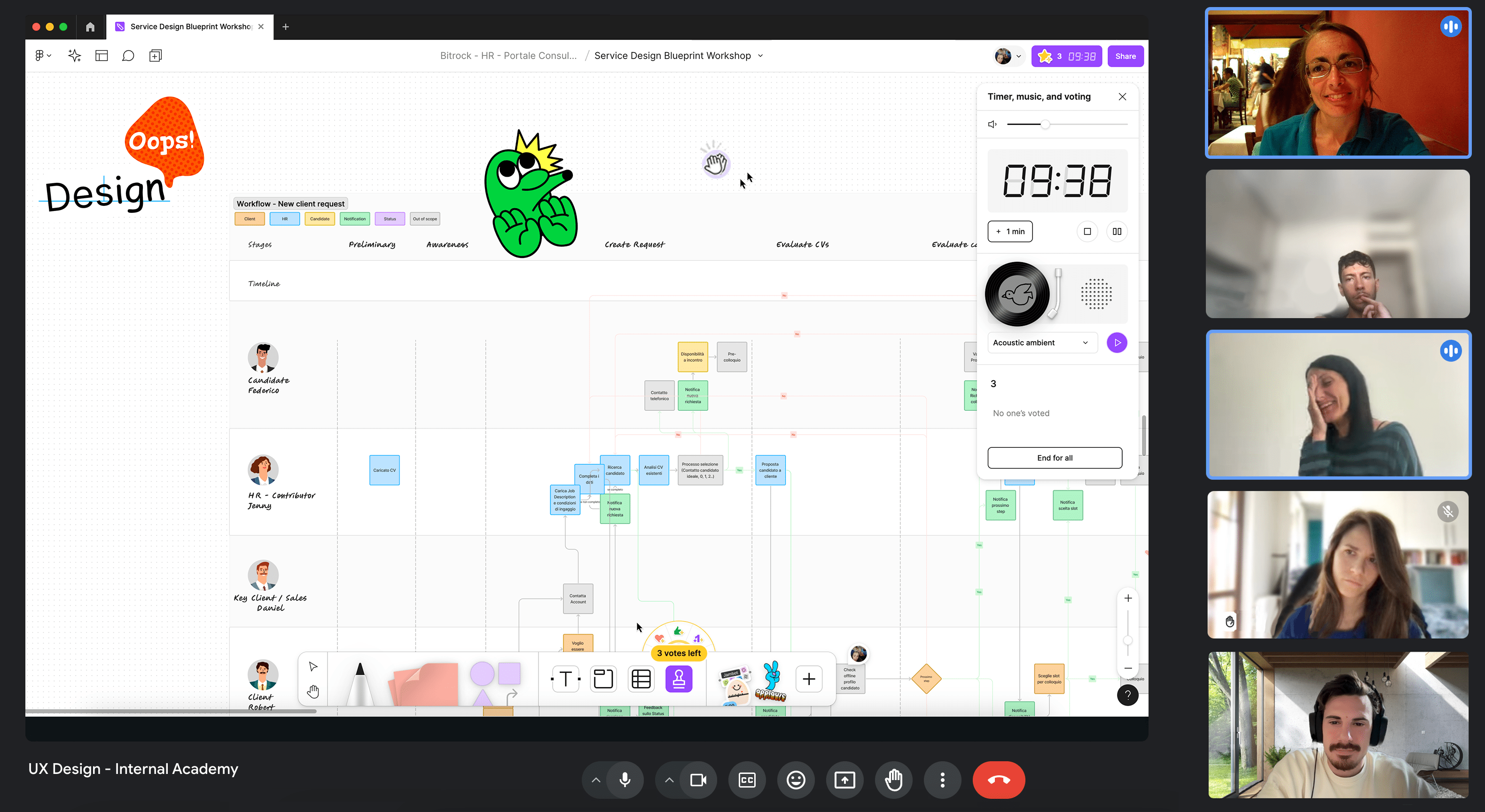Every week, our Product Design team gathers to improve their skills in DesignOps sessions. As our team continues to grow, adopting DesignOps practices has become essential. This choice helps us maintain high quality standards in design and allows us to incorporate what we learn into our design process, ensuring consistency and innovation.
What is DesignOps?
DesignOps is the set of processes that helps design teams grow and work better, more efficiently, and with higher quality by making their tools, processes, and workflows easier to use. As Nielsen Norman Group explains, “The goal of DesignOps is to establish processes and measures that support scalable solutions for these challenges, so that designers can focus on designing and researching.” (DesignOps 101)
We adopted DesignOps to improve the way our design team works and to keep things consistent and creative as we grow. We see challenges as opportunities to learn and improve, and we approached DesignOps by launching a series of workshops to enhance our collaborative approach. We call these sessions ‘DesignOops’ to emphasize the value of being playful and relaxed when creatively solving everyday problems.
Our DesignOops sessions are our way of spreading a UX culture throughout the company, turning each meeting into a collaborative learning experience. Our weekly sessions cover a range of design topics, from basic concepts such as design principles and usability heuristics, to expert interface analysis and practical design critique.
Design Principles
Understanding the basics of design is essential for the UX team. In our program, we explore design principles, best practices, and design patterns using various resources such as Principles.Design, Interaction Design Foundation, and Nielsen Norman Group.
- Exploring Key Principles: through case studies, we examine patterns and discuss fundamental principles and best practices that underpin usability, accessibility, and positive user experience.
- Application to Projects: team members share examples of how these principles have been applied to their recent projects, fostering practical understanding and group discussion.
Heuristics
In our meetings, we discuss and exchange views on usability heuristics, such as the 10 Nielsen Norman heuristics. The sessions are divided into:
- Heuristic Analysis: we examine different heuristics to understand their principles and practical application in real-world scenarios.
- Expert Analysis: team members conduct interface reviews during the creation phase, using a set of heuristics to ensure that the interface design meets high usability standards.
Design Critique
Design critiques are a time to review design work, improve individual skills, and foster a collaborative culture:
- Preparation: we learn how to deliver constructive and effective critiques, focusing on objective analysis, understanding context, and industry best practice to stimulate discussion and exchange.
- Design Critique Sessions: team members present their designs, followed by a critique session.
UX Research Workshop
One of the key appointments is the UX Research Workshop, a hands-on session where we discuss methodologies related to User-Centered Design and Design Thinking.
During these workshops, we cover various research methods such as personas, customer journeys, usability testing, and other types of UX analysis. Our aim is to establish a collaborative and innovative approach from the early stages of design.
Conclusions
Adopting DesignOps enables Bitrock’s Product Design team to create a collaborative space where innovation is encouraged and nurtured.It is also a strategic choice to standardize processes, facilitate collaboration, and ensure that best practices are integrated into every phase of work, regardless of project complexity.
Our journey with DesignOps has shown us how a systematic approach can enhance individual skills, strengthen collaboration, and ultimately take design practices to new levels of efficiency and innovation.
Main Authors: Gabriella Moro UX Lead and Ginevra Grassi Interaction Designer @ Bitrock

